Bánh Ướt: Basic Information
Pronunciation
/bahn oo-uht/
Alternative Name(s)
Dish Type
Course
Mealtime
Popular Bánh Ướt Variations

Bánh Ướt Chả Lụa
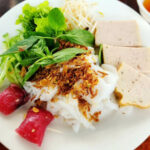
Bánh Ướt Nem Chua
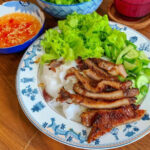
Bánh Ướt Thịt Nướng
Bánh Ướt: Ingredients and Preparation
Main Ingredients
Main Cooking Method
Preparation Process
Bánh Ướt: A Deep Dive
Cultural Significance
Taste
Texture
Aroma
Color
Serving Style
Serving Temperature
Accompaniment
- Dipping sauces, especially Vietnamese dipping sauce (nước mắm tỏi ớt)
- Meat-based dishes like chả lụa, nem chua, chả quế, chả giò, thịt heo quay, thịt nướng, etc.
- Fragrant herbs and vegetables
- Garnish like fried shallots or onions
Occasions
Seasons
Special Diets
Calories
Popularity
Popular Similar Dishes
- Gỏi Cuốn
- Phở Cuốn
- Bánh Gật Gù
- Rice Noodle Roll
Popular Dining Area
Bánh ướt, literally “wet cake,” is a traditional Vietnamese dish consisting of steamed rice noodle sheets.
It is the plain version of bánh cuốn, a specialty made by wrapping a rice noodle sheet around a savory filling. Bánh ướt has no filling and can be served as rolls or sheets.
Locals usually serve bánh ướt as a street food with nước mắm tỏi ớt (Vietnamese dipping sauce), fried shallots or onions, fragrant herbs, and meat-based dishes.
Popular protein-rich accompaniments for bánh ướt are chả lụa (boiled pork sausage), nem chua (fermented pork dish), chả quế (cinnamon pork pâté), chả giò (spring rolls), thịt heo quay (roast pork), thịt nướng (grilled pork), etc.
There are many variations of bánh ướt based on the accompaniments. Bánh ướt thịt nướng (with grilled meat) is a specialty of Thua Thien Hue Province.
Meanwhile, Khanh Hoa Province is known for Dien Khanh-style bánh ướt served with cooked mung beans, pork floss, and scallion oil.
Do you want to know about the upsides and downsides of bánh ướt? Stay tuned for them, as well as the common concerns and similar dishes of bánh ướt.
Key Points
Bánh Ướt Images
What Are Popular Variations of Bánh Ướt?
There are 3 main bánh ướt variations, classified according to the accompanying meat products.

Bánh Ướt Chả Lụa
Served with boiled pork sausage
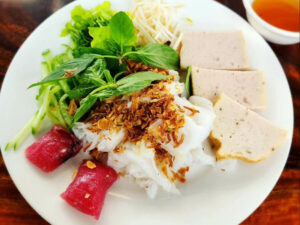
Bánh Ướt Nem Chua
Served with fermented pork dish
Can have other types of cold cuts
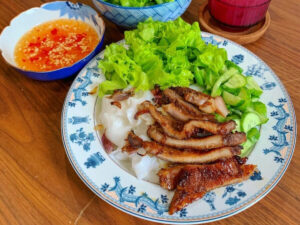
Bánh Ướt Thịt Nướng
Served with grilled pork
Cooked as a specialty in Thua Thien Hue Province
After learning about these bánh ướt variations, it’s time to discover the upsides and downsides of this Vietnamese delicacy.
Pros and Cons of Eating Bánh Ướt
Bánh ướt boasts the following boons and drawbacks.
Pros
Cons
You are now familiar with the pros and cons of bánh ướt, but how about other aspects, like how to store bánh ướt? Read on to find out more!





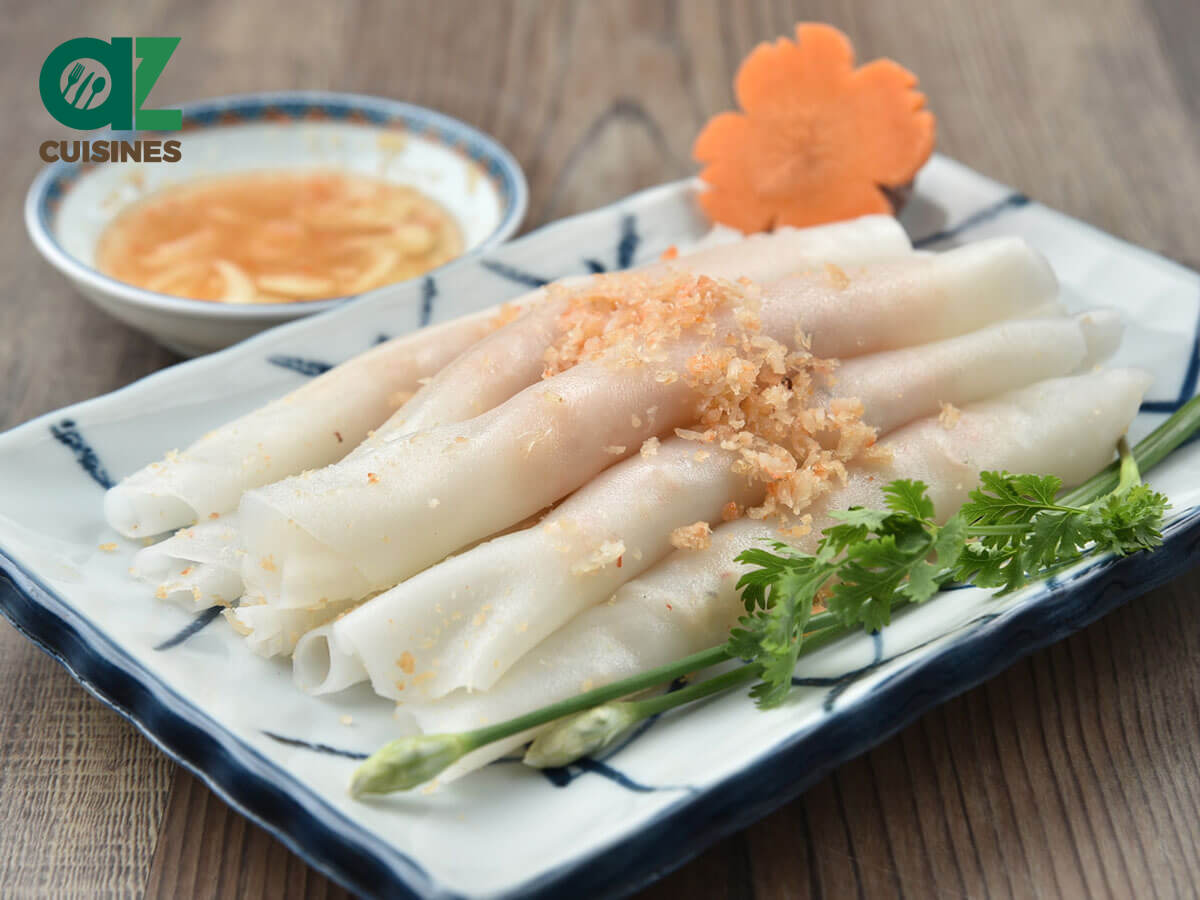

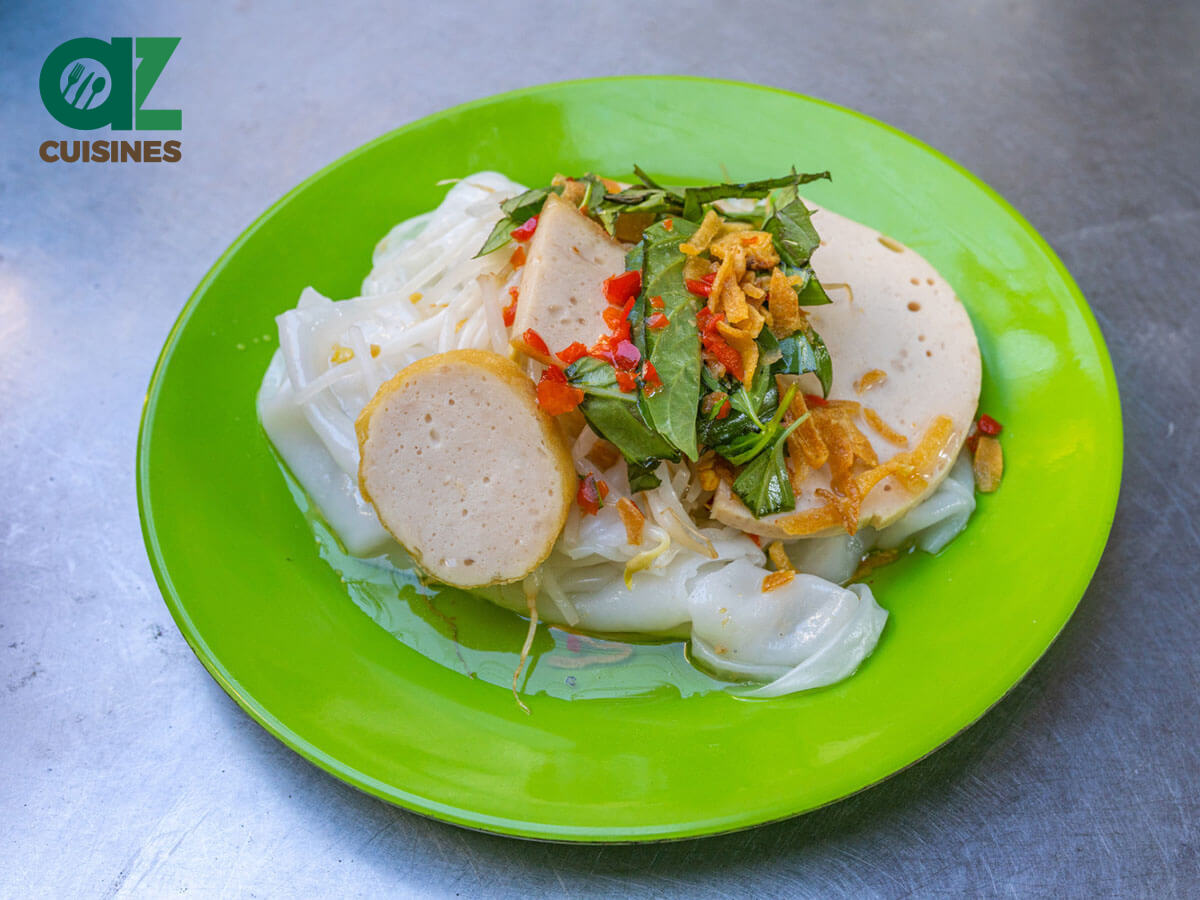
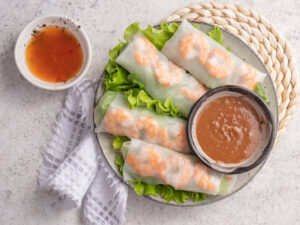
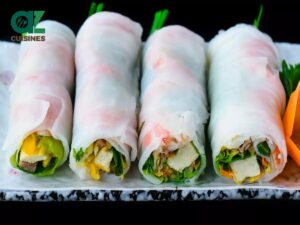
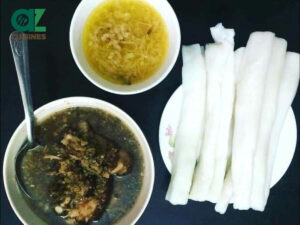
Truc Tran (Kris)
Senior Food Editor
Expertise
Home Cooking, Meal Planning, Recipe Development, Baking and Pastry, Food Editor, Cooking-video Maker, Vietnamese Food Evaluation Expert
Education
Truc Tran (Kris), an experienced food writer and editor, is great at exploring and describing global cuisines, from simple street food to fancy dining. In her writing, she skillfully mixes different flavors, cooking methods, and culinary traditions, showing the unique character of various cultures through their food and drinks. On azcuisines.com, Kris highlights her knowledge, especially in Asian cuisine and worldwide traditional dishes.